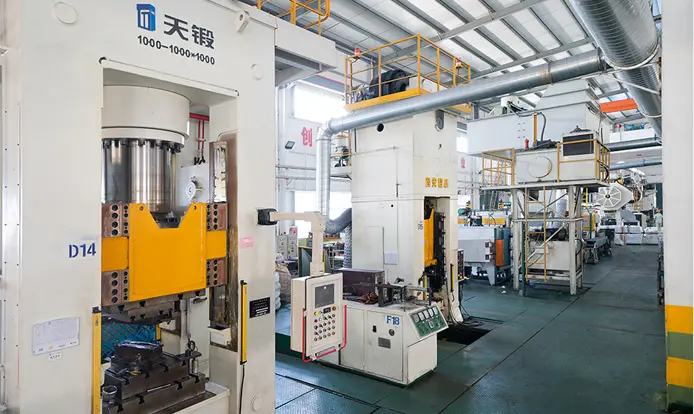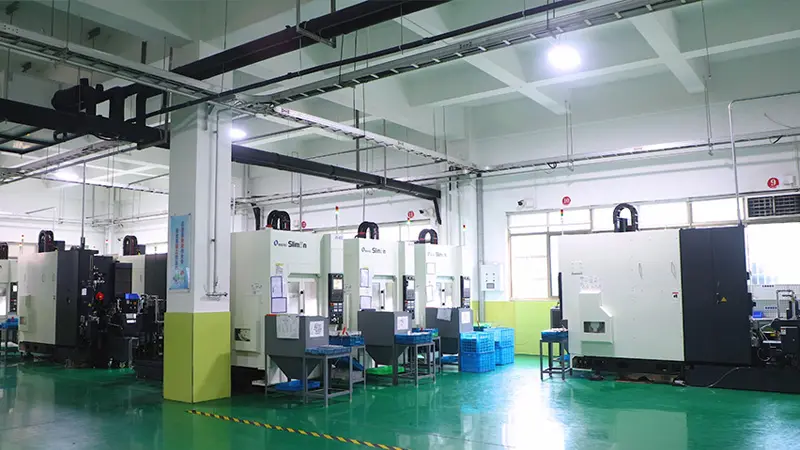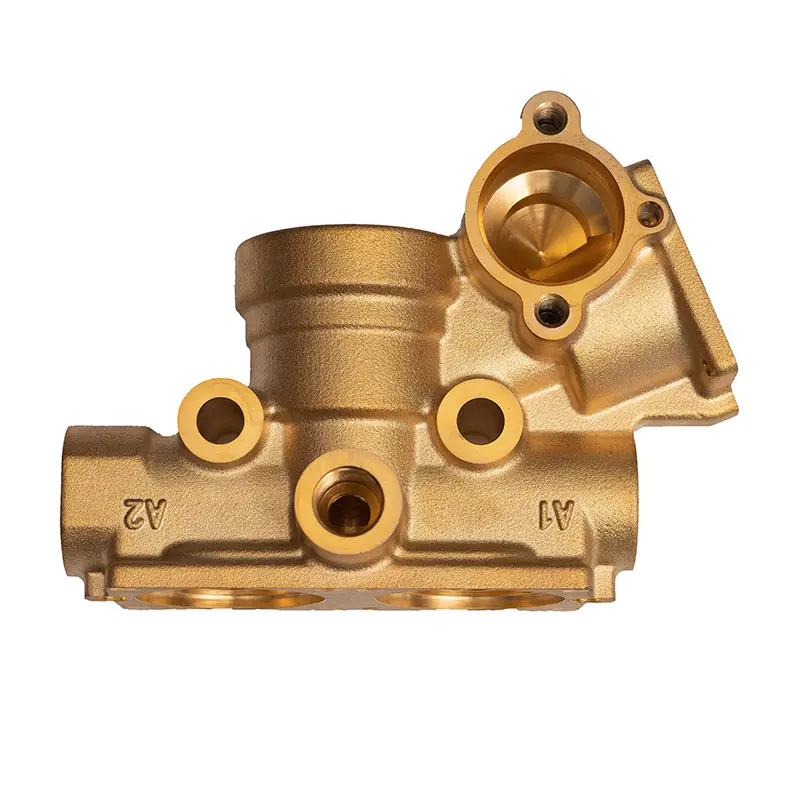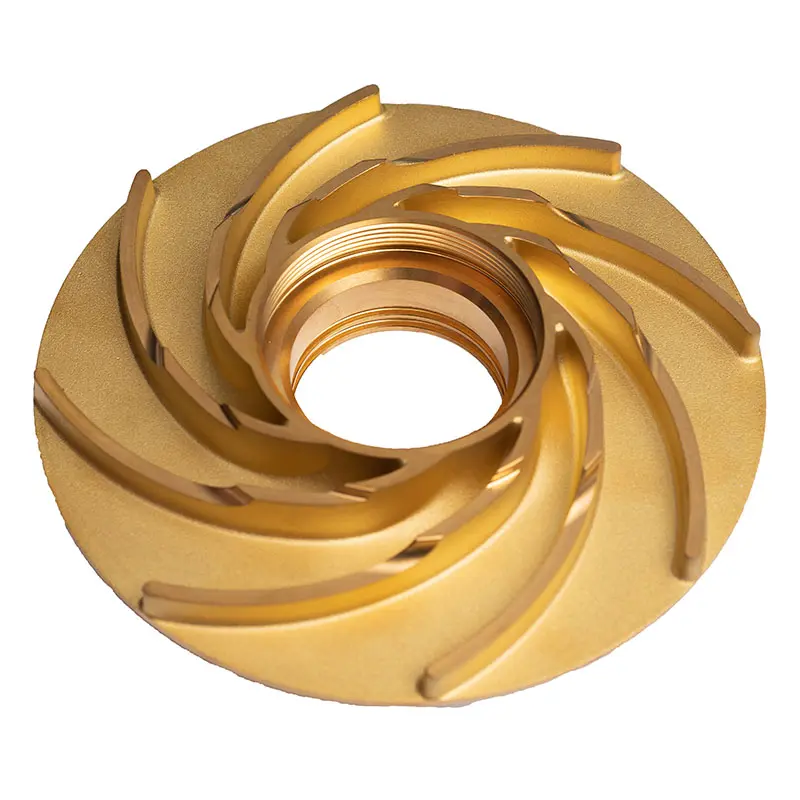Brass Forging Manufacturer: Essential Guide to Brass Forging
Brass forging is a crucial process in manufacturing, known for its durability and versatility. As a brass forging manufacturer, understanding the intricacies of this process and its applications is essential for delivering high-quality products. In this article, we delve into the world of brass forging, exploring its benefits, process, applications, and more.
Introduction to Brass Forging
Brass forging involves shaping brass alloys into desired forms using compressive forces. It enhances the material’s strength and durability, making it ideal for various industrial and consumer applications. Brass alloys, primarily composed of copper and zinc, offer unique properties that make them suitable for forging.
Benefits of Brass Forging
Durability and Strength
Brass forged parts exhibit exceptional strength and durability, outperforming cast or machined components in demanding environments. The forging process refines the grain structure of brass, enhancing its mechanical properties.
Corrosion Resistance
Brass alloys are inherently resistant to corrosion, making forged brass components suitable for applications exposed to moisture or harsh environments. This property extends the lifespan of products in marine, automotive, and construction sectors.
Customization Options
Forging allows for intricate designs and precise shaping of brass components, catering to specific customer requirements. Manufacturers can produce complex geometries with tight tolerances, ensuring optimal performance in diverse applications.
Brass Forging Process
Raw Materials Used
Brass forging utilizes various brass alloys, including C37700 and others tailored to specific performance needs. These alloys are chosen based on desired mechanical properties and corrosion resistance.
Forging Techniques
Brass Hot Forging
Hot forging involves heating brass to high temperatures to improve its malleability, followed by shaping using dies and presses. This method enhances material flow and reduces the risk of cracking during forging.
Brass Cold Forging
Cold forging processes brass at or near room temperature, offering advantages in material conservation and dimensional accuracy. It is suitable for producing smaller, high-precision components.
Steps in Brass Forging
Heating
Raw brass stock is heated in a controlled environment to facilitate plastic deformation without compromising material integrity.
Shaping
The heated brass is shaped using hydraulic presses or mechanical hammers, exerting compressive forces to mold it into dies.
Cooling and Finishing
Forged brass components undergo controlled cooling to optimize material properties. Post-forging operations may include machining, heat treatment, and surface finishing to meet final specifications.
Applications of Brass Forging
Brass forged parts find extensive use across industrial sectors, including aerospace, plumbing, electrical, and automotive industries. They are integral to manufacturing valves, fittings, connectors, and decorative hardware due to their strength, corrosion resistance, and aesthetic appeal.
Brass forged components find extensive use in:
Automotive Industry: Manufacturing of valves, fittings, and engine components.
Aerospace Sector: Production of critical parts requiring high strength and reliability.
Construction and Architecture: Architectural hardware and decorative elements.
Electrical and Plumbing: Connectors, terminals, and plumbing fixtures benefiting from corrosion resistance.
Choosing Welleshaft As Your Brass Forging Manufacturer
Selecting a reputable brass forging manufacturer is critical for ensuring product quality and performance. Key considerations include the manufacturer’s experience in brass forging, adherence to industry standards, and capabilities in customization to meet specific project requirements.
Factors Affecting Brass Forging Quality
Successful brass forging hinges on precise temperature control during heating, proper tooling and equipment maintenance, and rigorous inspection processes. These factors influence the final product’s mechanical properties, dimensional accuracy, and surface finish.
Market Trends in Brass Forging
The demand for brass forged components is rising, driven by advancements in manufacturing technologies and increasing applications across diverse industries. Innovations in forging processes and materials continue to enhance product performance and production efficiency.
Environmental Impact of Brass Forging
Manufacturers are adopting sustainable practices in brass forging, focusing on energy efficiency, waste reduction, and material recycling. These initiatives contribute to minimizing environmental footprint and supporting sustainable development goals.
Case Studies of Successful Brass Forging Projects
Examining case studies highlights real-world applications of brass forging, showcasing innovative solutions and industry best practices that deliver value to customers and stakeholders.
Conclusion
Brass forging remains a cornerstone in manufacturing, offering unparalleled strength, durability, and customization options for diverse industrial applications. As technological advancements and market demands evolve, the role of brass forging manufacturers in delivering high-quality, sustainable solutions becomes increasingly pivotal.
FAQs about Brass Forging
1.What is brass forging?
Brass forging is a manufacturing process where brass alloys, typically composed of copper and zinc, are shaped into desired forms using compressive forces. This process involves heating the brass to make it malleable and then pressing or hammering it into dies to achieve the desired shape. Brass forging enhances the material’s strength, durability, and mechanical properties compared to casting or machining.
2.Is brass good for forging?
Yes, brass is well-suited for forging. Brass alloys offer several advantages for forging processes, including excellent formability, corrosion resistance, and aesthetic appeal. The forging process refines the grain structure of brass, resulting in enhanced mechanical properties such as strength and toughness. Brass forging produces components with superior dimensional accuracy and surface finish compared to other manufacturing methods.
3.How to forge brass without it cracking?
To forge brass without cracking, it is essential to control the forging temperature carefully. Brass should be heated uniformly to the appropriate temperature range, typically between 600°C to 900°C (1100°F to 1650°F), depending on the specific alloy and forging method (hot or cold forging). Heating brass too quickly or unevenly can lead to thermal shock and cracking. Additionally, proper lubrication and tooling design help minimize friction and stress concentrations during the forging process, reducing the risk of cracking.
4.Can brass be hand forged?
Yes, brass can be hand forged using traditional blacksmithing techniques. Hand forging involves heating brass to a workable temperature and shaping it manually using handheld tools such as hammers, anvils, and tongs. Skilled craftsmen can produce intricate designs and custom shapes through hand forging, making it suitable for producing small batches or unique, artisanal pieces.
5.What are the advantages of brass over other forging materials?
Brass offers several advantages over other forging materials:
- Corrosion Resistance: Brass alloys are highly resistant to corrosion, making them ideal for applications exposed to moisture or harsh environments.
- Aesthetic Appeal: Brass has a warm, golden hue that adds aesthetic value to finished products, making it popular in architectural and decorative applications.
- Machinability: Brass alloys are easy to machine and polish, facilitating post-forging operations and achieving precise dimensional tolerances.
- Durability: Forged brass components exhibit superior strength and durability compared to cast or machined parts, with improved mechanical properties such as hardness and wear resistance.
- Versatility: Brass alloys can be tailored to specific performance requirements by adjusting the composition of copper, zinc, and other alloying elements, allowing for a wide range of mechanical and physical properties.




